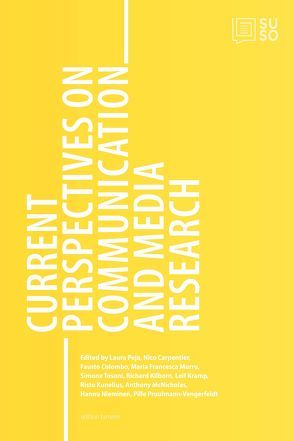
| |||
Current
| |||
| Title chapter: | Centre and periphery: How to understand a network | ||
| Author: | Reinhard Anton Handler | ||
| Keywords: | networks, network society, ANT, centre, periphery, free software, open source software | ||
| Abstract: | The social sciences and humanities have turned to network analysis in order to better understand society and culture. Whether that is through digital methods or qualitative approaches such as those proposed by Actor-Network Theory, relations between actors (or actants) are mapped. The golden rule for both quantitative and qualitative approaches is that actants only exist in a network if they leave a trace. The most successful pieces of research are those that manage to distil significant associations to reveal social trends on the Internet or produce a "thick description" of a network via ethnographic methods. Sometimes, however, minor relations or non-existing traces may deliver a more comprehensive understanding, yet they are omitted in order to concentrate on the centre of networks. This chapter reflects on my own research using digital methods, as well as ethnographic methods, in order to understand a network. To deliver conclusive descriptions of a network that are compatible with the theoretical framework, I have focused on places with rich interrelated associations and connections. I have found diverse interest groups that share strong ties and a sense of belonging to a greater community. What I have overlooked though is that this sense of belonging also spreads out to the margins of the network, where relations may be ephemeral but deliver a better understanding of what the network thrives on. By focusing on the margins of networks and personal entry points, this refection on my own research practices shall take a critical look at networks as a research axiom. | ||
| Click here to download full chapter [pdf] | |||
|
The | |||